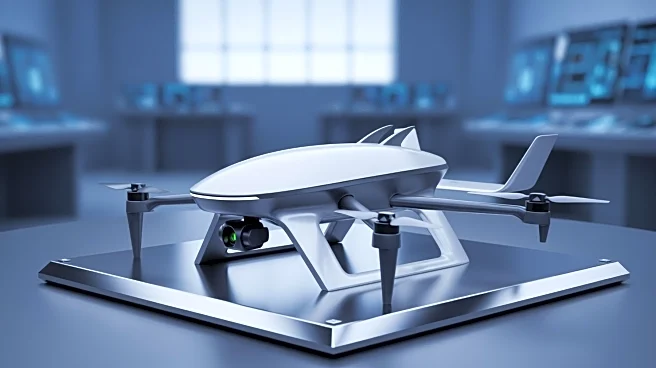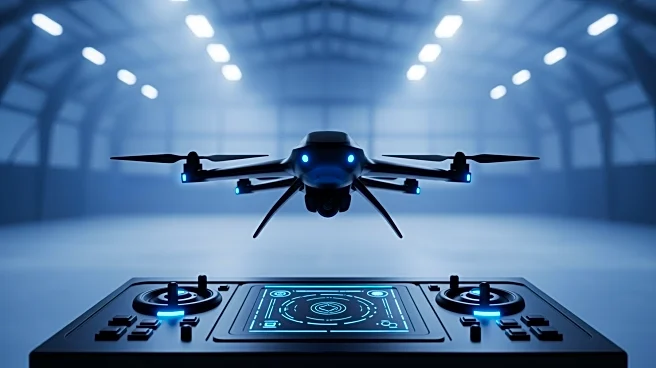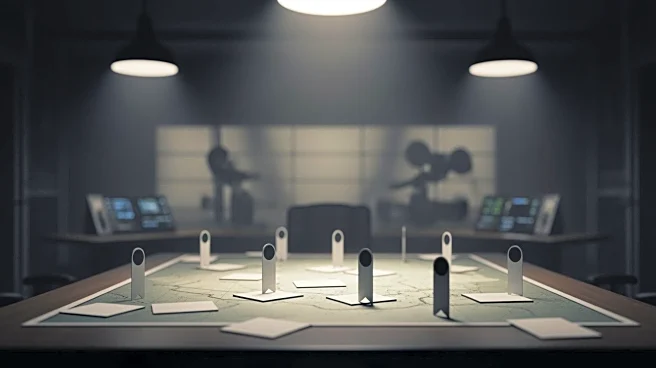What's Happening?
In a recent demonstration by the British Army, Helsing's HX-2 drone successfully hit five targets, while its competitor, Virtus, encountered technical difficulties. The demonstration was marred by a battery
fire in one of Virtus's unmanned drones, which resulted in the drone crashing into nearby woodland. This incident highlights the competitive nature of drone technology development and the challenges faced by companies in achieving reliable performance.
Why It's Important?
The success of Helsing's HX-2 drone in the UK demo underscores the advancements in drone technology and its potential applications in military operations. The setback faced by Virtus highlights the technical challenges and risks associated with drone development. These developments are significant for the defense industry, as they influence procurement decisions and the future of unmanned aerial systems in military strategy. Companies in the drone sector may need to address reliability and safety concerns to maintain competitiveness.
What's Next?
Following the demonstration, both Helsing and Virtus are likely to reassess their technology and strategies to improve performance and reliability. The British Army's evaluation of the drones may influence future procurement decisions and partnerships with drone manufacturers. The incident may prompt increased scrutiny on safety protocols and technical standards in drone operations.
Beyond the Headlines
The competitive landscape in drone technology development raises questions about innovation, safety, and regulatory standards. The incident may lead to discussions on the ethical implications of deploying drones in military operations and the need for robust safety measures. The evolving technology could also impact civilian applications, prompting considerations of privacy and security.











